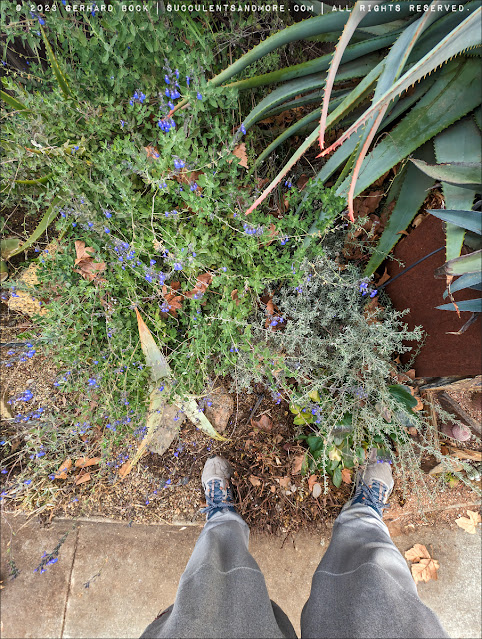This and that, final edition of 2023

Every now and then, I collect random photos and put them into a “This and That” post. This is the last one for 2023. One reliable December bloomer is Veltheimia capensis , the Cape lily, a summer-deciduous bulb from South Africa. What you see below started out as one bulb, which I bought in 2011 from Nick Wilkinson Grow Nursery in Cambria). This year, there are six bulbs/flowers. There would be more, but I’ve given away a few over the years. December may be a quiet time of year for most plants, but it’s when dudleyas kick into high gear. I’ve been trialing a number of different species ; the jury is still out on some of them, but it’s safe to say that hybrids are among the top performers. The clump below is an unnamed hybrid I bought at Lowe’s: Aechmea fasciata is a fairly common houseplant, usually called the silver vase or urn plant. I’ve had a clump growing outside in a hanging basket, and it’s braved all the vagaries the elements have thrown at it. Its flowers last six months or




